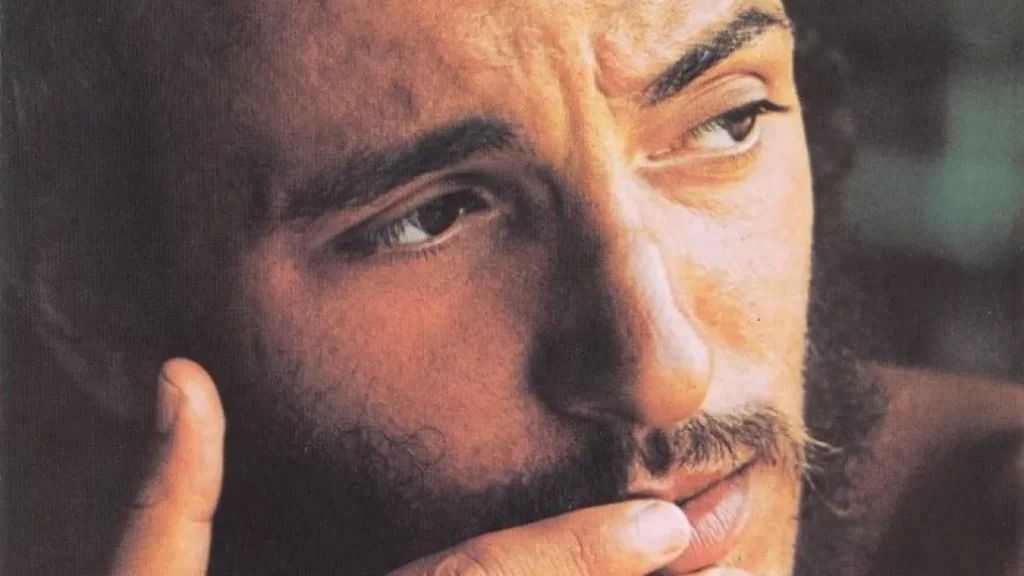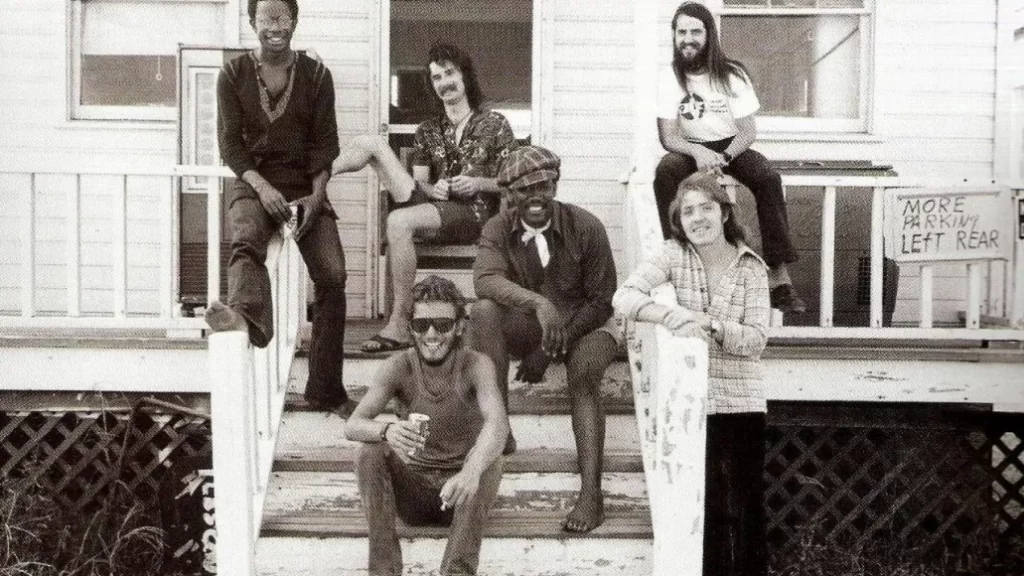
Believe it or not, Bruce Springsteen wasn’t always the Boss. In fact, he paid persistent and less-than-productive dues for years as a work-in-progress. The breakthrough success of Born to Run, which landed him on the covers of Time and Newsweek in 1975, seems inevitable, even preordained. The reality is that fame and fortune were elusive, and by the time his debut dropped in 1973, he was an exceedingly experienced veteran of tiny clubs up and down the east coast.
Knowing what was to come, his uneven but promising first two albums reveal the work of an audacious if imperfectly formed voice. More than anything else, Greetings from Asbury Park, N.J. and The Wild, the Innocent and the E Street Shuffle convey the enthusiasm we still associate with Springsteen’s legendary live performances. It’s a passion for creating, playing, and connecting that could scarcely be contained by hit singles or three-hour concerts.
Critically embraced but unable to catch fire commercially, his debut is really more like a first novel than a first album. The young narrator is trying to cram together everything he’s witnessed, everything he’s tasted, smelled, imagined and dreamed about. At times the explorations feel ill-suited to the format, shoehorned as they are into three-and-four-minute snippets of song. Of course, there were the unavoidable—and not entirely unwarranted—comparisons to Bob Dylan. For the most part, however, these early songs sound less like an homage to his hero than an experiment to see how many marbles he can fit into his mouth (see: “Blinded by the Light” and “For You”).
For his follow-up, The Wild, the Innocent and the E Street Shuffle, it’s a double-down of sorts, more Van Morrison than Bob Dylan, more funk than folk, more sounds than words. In most regards, this is all for the best; with hindsight, we see how things were moving irresistibly to the bigger and more brazen enterprise of Born to Run. We get another program full of characters (Sandy, Kitty, Rosalita, Spanish Johnny, Puerto Rican Jane, etc.) looking for love, or each other, or themselves, etc. A little of this goes a long way, and since there’s a lot of it, we can see how and why Springsteen struggled with ways to harness and hone his indefatigable determination.

On The Wild, the Innocent and the E Street Shuffle, there is more attention to detail, and the musicians, especially the brilliant keyboardist David Sancious, get plenty of space to stretch and assert themselves. Bruce, who gets less credit than he deserves as a lead guitarist, does some tasteful shredding on “Kitty’s Back”, and the use of strings (“New York City Serenade”) and both tuba and accordion (“Wild Billy’s Circus Story”) give the proceedings a panoramic sweep. If the debut at times sounds like a cherry bomb inside a soda can, the follow-up is the soundtrack of summer evenings on a fire escape after the rain stops.
If it wasn’t for the masterworks that followed, certain songs on this album would likely be more highly regarded. Certainly we have the concert-friendly “Rosalita” and “Kitty’s Back”, as well as the ebullient and odd obscurities of the title track and “Wild Billy’s Circus Story”. “New York City Serenade” strains for profundity and, with the aforementioned finesse of Sancious, it nearly succeeds.
“Incident on 57th Street”, on the other hand, is a abundantly-realized mini opera. This is the first instance where one can imagine even Van the Man and Dylan perking up an eyebrow and thinking “Who the hell is this kid?” Likewise, “4th of July, Asbury Park (Sandy)” is at once a summation of what Bruce was trying to do to that point and a preview of the muscle-ballads to come. (The song also has arguably best line of the album: “Did you hear the cops finally busted Madam Marie for tellin’ fortunes better than they do?”) Even though neither album was enough to put him over the top, it’s hard to claim anyone had a more productive, enduring year than Springsteen did in 1973.
In a rather counterintuitive turn of events, the fact that the first two albums didn’t make as much noise as they could (or should) have ended up being the best possible thing that could have happened for Springsteen as an artist and us as an audience. Instead of packing it in, Springsteen quadrupled down and spent many subsequent months agonizing over every second of every new song, making the recording that ensured nobody would ever forget his name.
(Excerpted from a 2014 feature A Portrait of The Boss as a Young Man.)
